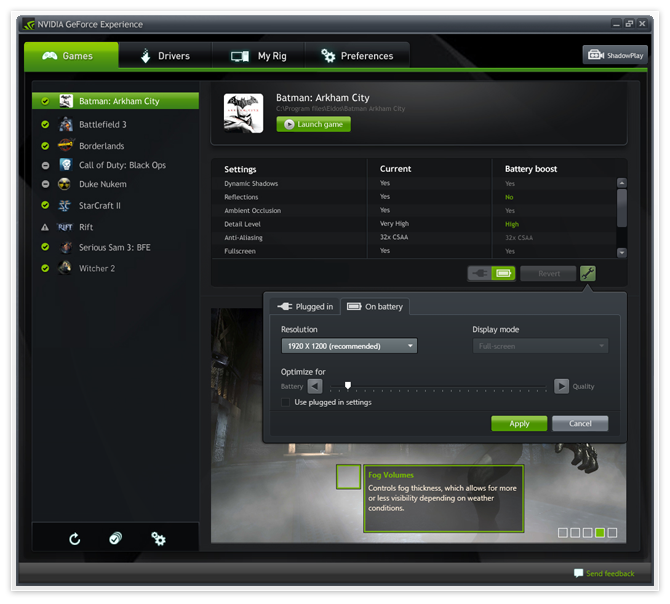

In all the following graphs, the blue line shows the performance improvement (or reduction) of the GTX Titan in comparison to its baseline performance at 80☌ (black line).

We did not increase clock speeds, the power target, temperature target, or any other setting. Using EVGA Precision, we increased the GPU voltage by the maximum level available (+0.038 V up to 1.20 V).
NVIDIA GPU BOOST 2.0 DOWNLOAD SOFTWARE
This lets enthusiasts unlock extra voltage in software to facilitate additional overclocking. Voltage increaseWith Titan, NVIDIA introduces the option of voltage control called "overvoltaging". Once the card reaches 100☌, it is shut off to prevent any damage (we had to block the fan intake for the card to actually run that hot). Only once the GPU reaches 95☌ do clocks go down to 418 MHz to avoid damaging the card. As the temperature rises, clocks stay at base clock. Once that proves futile (we used a static scene), clocks are dropped down to the base clock levels of 836 MHz to keep temperature at around 80☌. Once the card reaches the temperature target of 80☌, Boost 2.0 will quickly dial down frequencies to slow down the temperature increase after which there is a brief period where Boost 2.0 will try to increase clocks again in hopes of a less demanding game scene, which could allow for higher clocks again. The card immediately goes to its maximum boost clock (993 MHz) and stays there as long as temperature allows. As you can see, clock behavior is fundamentally different to how Boost 1.0 behaved.


 0 kommentar(er)
0 kommentar(er)
